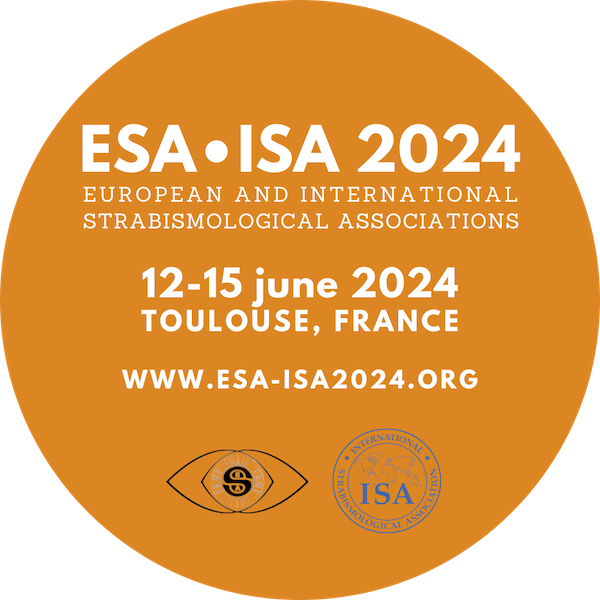
Session: Poster session A
Digital recording of ocular motility for modern practice
Introduction
Monitoring and recording eye movements is essential to strabismus practice particularly when planning surgery. Digital methods of recording extra ocular movements are available that allow recording of uni ocular field of fixation [UFOF], fields of Binocular single vision [FBSV] and Lees plots. With the old technologies becoming more difficult to purchase and maintain it is essential to ensure that new methods can provide adequate and accurate information for those managing their strabismus
Methods
30 adults with normal binocular vision had their motility recorded on the Lees Screen and Aimark Perimeter . They also undertook examination on a digital Hess , field of BSV and UFOF using the Thomson Binocular Vision Analyser[BVA]. Qualitative and quantitative comparisons of the instrumentation were carried out and analysed using Graoh Pad Prism
Results
There was no statistical difference (Ttest p>0.05) (Blandaltman Analysis) found between mean deviation size between the digital Hess and Lees screen in any position of gaze but the participants could not see the target on dextro elevation and laevoelevation and had to move their heads more on the Lees screen . FBSV plots were qualitatively assessed and found to match between the Aimark Perimeter and Thomson FBSV test. The digital chart was able to record uniocular eye excursion but does not test as far out as the Aimark however can test motility up ti 55 degrees from the primary position and did detect limitations or weakness of movement . The digital technology was quicker to execute.
Conclusion
The Thomson BVA provides a compact and useful modern tool for assessing extra ocular motility. It can detect weakness of movement and was favoured by patients . The new technology was quicker and required less adjustments for the patient. The BVA records eye movement information that is useful albeit it cannot test extremes possible on the Aimark .